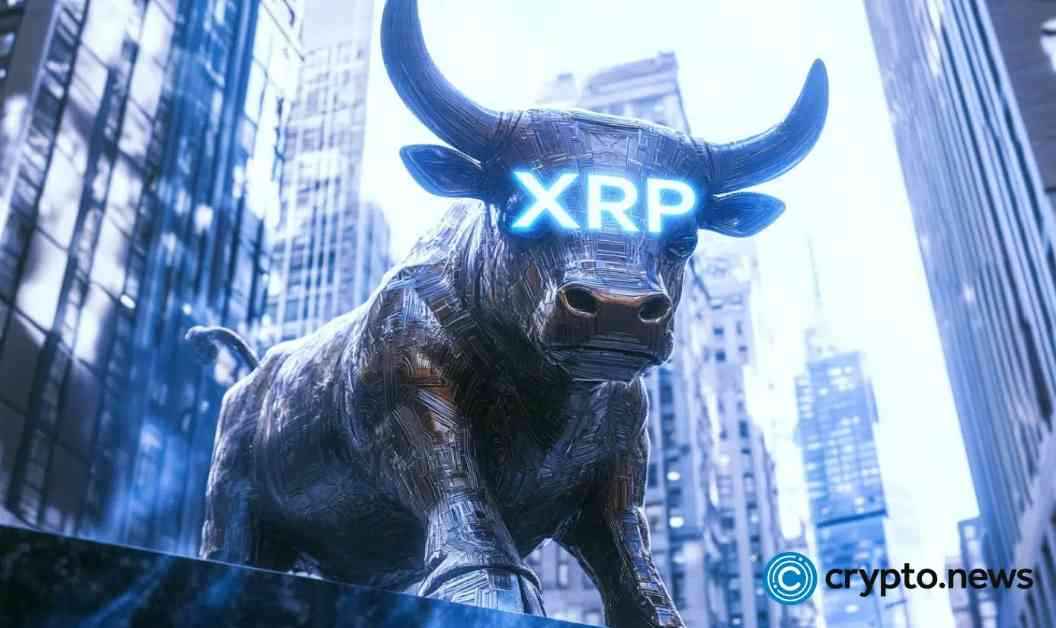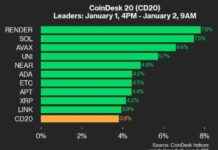The XRP Ledger (XRPL) ecosystem is making waves in the cryptocurrency market, with top assets like XRP, Sologenic (SOLO), and Coreum (COREUM) leading the pack in terms of gains. Over the last week, XRP has seen an 11.8% increase, while SOLO and COREUM have surged by 21.6% and 21.4%, respectively. This upward trend underscores the increasing momentum behind XRPL-based assets, outpacing the growth of other popular cryptocurrencies like Polkadot (DOT) and Kusama (KSM).
### XRPL: A Decentralized Powerhouse
The XRP Ledger is a decentralized blockchain designed for swift, cost-effective cross-border payments and the tokenization of assets. Boasting a built-in decentralized exchange (DEX), trust lines for asset issuance, and sidechains for enhanced functionality, XRPL has been gaining traction in the crypto sphere. Its ecosystem is expanding rapidly, with the integration of non-fungible tokens (NFTs), smart contracts via Hooks, and the rise of decentralized finance (DeFi) applications.
Ripple, a significant contributor to XRPL’s success, has been instrumental in driving institutional adoption of the platform. Meanwhile, the XRPL Foundation and the dedicated developer community are continuously working to improve the network’s capabilities. The recent surge in XRPL-related tokens reflects a growing confidence in the ecosystem, particularly as innovations in tokenization, payments, and DeFi take center stage.
### Institutional Interest and Regulatory Developments
One key catalyst behind the recent surge in XRPL assets is the U.S. Securities and Exchange Commission’s (SEC) acknowledgment of Grayscale’s 19b-4 filing for an XRP exchange-traded fund (ETF). Market analysts anticipate a significant influx of institutional investments if the ETF proposal secures approval. Betting markets such as Polymarket are also bullish on the likelihood of approval, with an 81% chance predicted for this year.
JPMorgan analysts have weighed in on the potential impact of a spot XRP ETF, projecting that it could attract up to $8 billion in institutional capital. If approved, the XRP ETF would join the ranks of Bitcoin and Ethereum as one of the premier cryptocurrencies favored by institutional investors. Grayscale’s plan to convert XRP Trust into a tradable ETF underscores the potential for increased liquidity and accessibility for global investors.
The recent engagement of Ripple CEO Brad Garlinghouse with policymakers in Washington, D.C., has further bolstered the prospects of regulatory approval. Garlinghouse’s efforts to advance bipartisan legislation that supports clear, innovation-friendly regulatory frameworks for the crypto industry have been well-received by the community.
As of the latest update, XRP is trading at $2.78, with a 24-hour trading volume of $3.5 billion. Here’s a snapshot of the seven-day trajectories for other leading cryptocurrencies:
– Bitcoin (BTC): $97,514.17, +0.3%
– Ethereum (ETH): $2,699.44, +1%
– Solana (SOL): $194.54, -5.6%
– Cardano (ADA): $0.7837, +10.4%
– Dogecoin (DOGE): $0.2704, +4.6%
– Shiba Inu (SHIB): $0.00001617, -0.9%
In conclusion, the XRP Ledger’s dominance in the crypto market is a testament to the growing appeal of XRPL-based assets and the broader ecosystem’s potential for innovation and growth. With regulatory developments and institutional interest on the rise, XRP and its associated tokens are poised to make a significant impact on the future of digital finance.


















